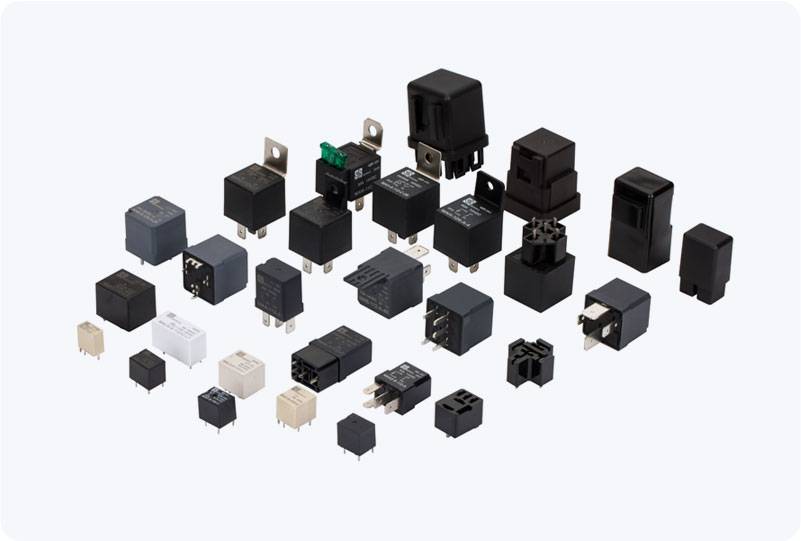In the oil and gas industry, safety is the foremost priority, especially when working in hazardous environments where explosive gases, vapors, and dust are prevalent. Explosion-proof equipment plays a critical role in mitigating potential risks, and one such vital component is the explosion-proof relay. These relays are designed to prevent electrical sparks or faults from igniting flammable substances, ensuring the safety and reliability of electrical systems in oil and gas operations. This article explores the importance, functionality, and applications of explosion-proof relays in the oil and gas industry.

Understanding Explosion-Proof Relays An explosion-proof relay is an electrical device used to control circuits in hazardous environments where there is a potential for explosive gases or dust. These relays are designed with a special enclosure that prevents the internal components from igniting a surrounding explosive atmosphere. The construction of explosion-proof relays is typically made from durable, non-combustible materials such as aluminum or stainless steel. The relay housing is sealed tightly to contain any sparks or heat generated inside the relay, ensuring that they do not escape and cause ignition.